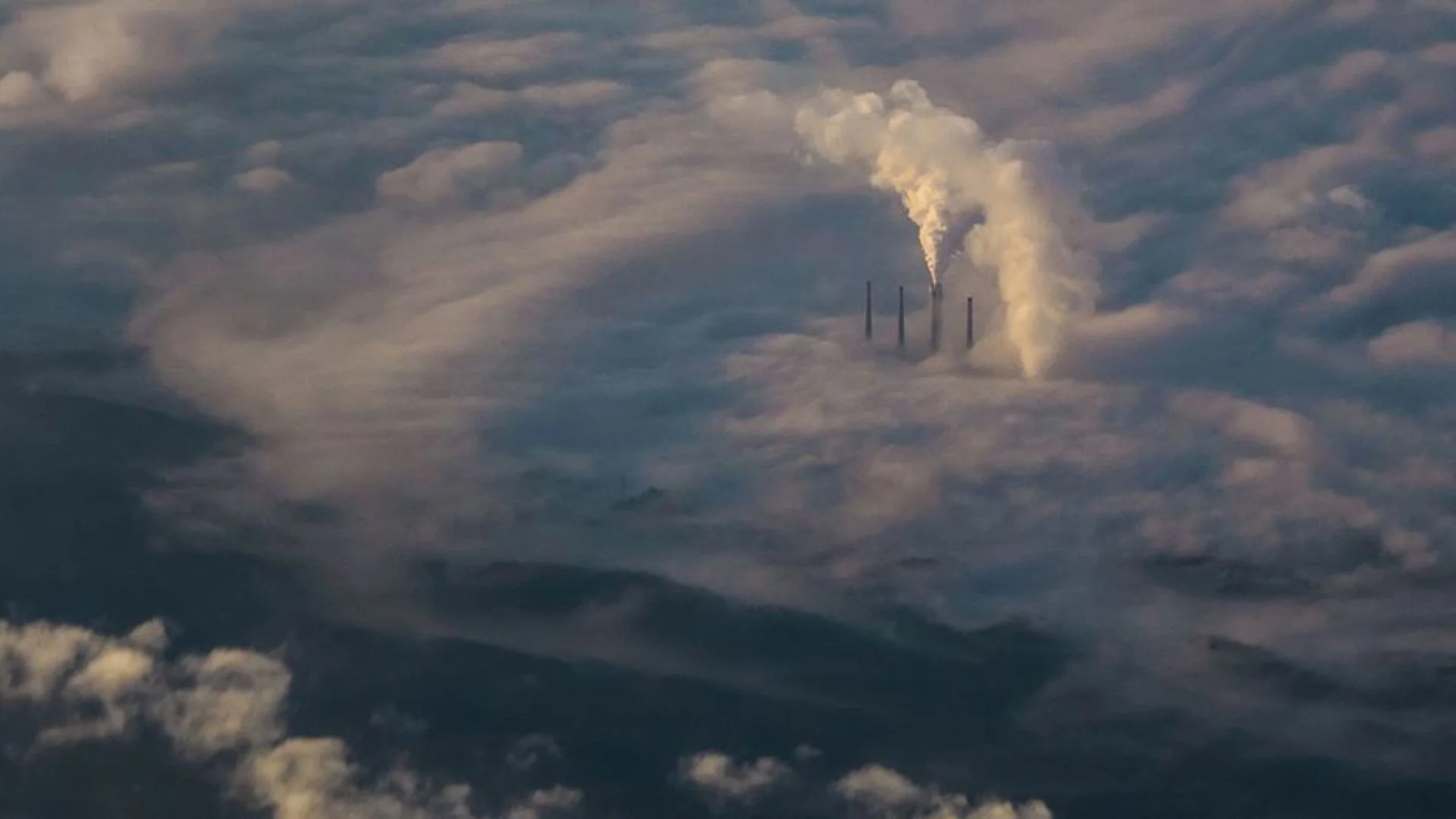Greenhouse gas concentrations in the atmosphere hit new record highs in 2023, signaling alarming future temperature increases, according to a report from the United Nations released on Monday. The World Meteorological Organization (WMO) reported that levels of the three primary greenhouse gases carbon dioxide, methane, and nitrous oxide rose once again last year.
The WMO highlighted that carbon dioxide is accumulating in the atmosphere at an unprecedented rate, increasing more than 10% over the past two decades. WMO chief Celeste Saulo expressed urgency in her statement, saying, “Another year. Another record. This should set alarm bells ringing among decision-makers.” She emphasized that the world is clearly “off track” in meeting the goals set by the Paris Agreement.
Under the 2015 Paris Agreement, nations committed to limiting global warming to “well below” 2 degrees Celsius above pre-industrial levels, with a more ambitious target of 1.5 degrees Celsius. However, the WMO stressed that as long as emissions continue, greenhouse gases will keep accumulating, leading to higher global temperatures. Last year marked the highest recorded global temperatures on land and sea since records began in 1850.
In 2023, carbon dioxide concentrations reached 420 parts per million (ppm), methane at 1,934 parts per billion, and nitrous oxide at 336 parts per billion. These figures represent increases of 151%, 265%, and 125% compared to pre-industrial levels, respectively. Saulo pointed out that these numbers are not just statistics; each incremental increase has significant consequences for the planet and human life.
With CO2 accounting for approximately 64% of the warming effect on the climate, its annual rise of 2.3 ppm marks the 12th consecutive year of increases exceeding two ppm. The report attributes this trend to exceptionally high fossil fuel emissions during the last two decades. Presently, atmospheric CO2 levels are 51% higher than those before the industrial era, a concentration reminiscent of Earth’s conditions three to five million years ago when temperatures were 2-3 degrees Celsius warmer.
Despite half of CO2 emissions being absorbed by oceans and land ecosystems, the WMO cautions against a “potential vicious cycle” where climate change exacerbates greenhouse gas emissions. Ko Barret, WMO deputy chief, warned that ecosystems might become larger sources of greenhouse gases, with wildfires releasing more carbon and warmer oceans absorbing less CO2. “These climate feedbacks are critical concerns for human society,” she concluded.







